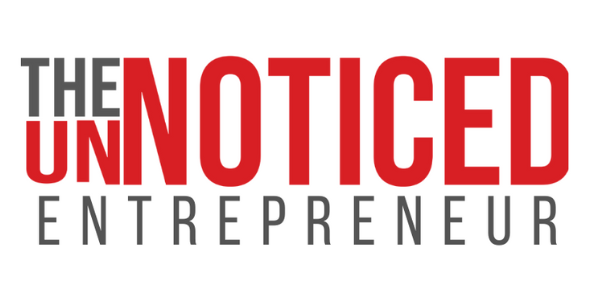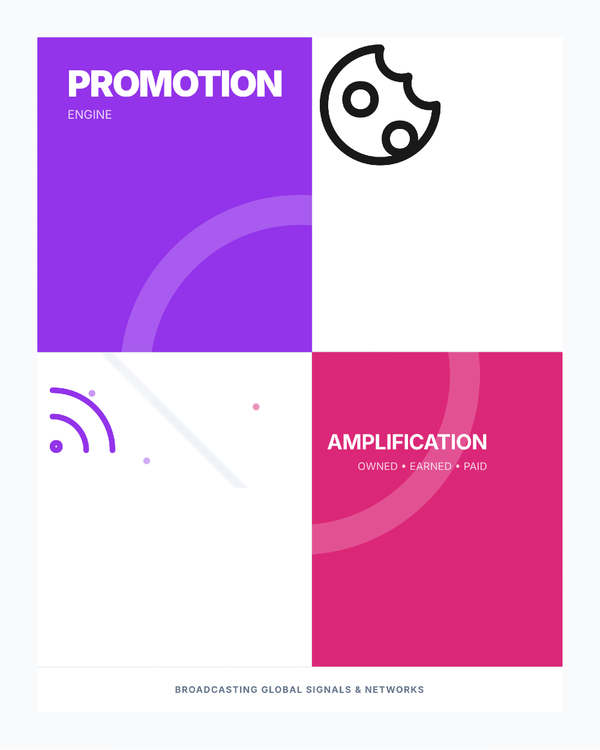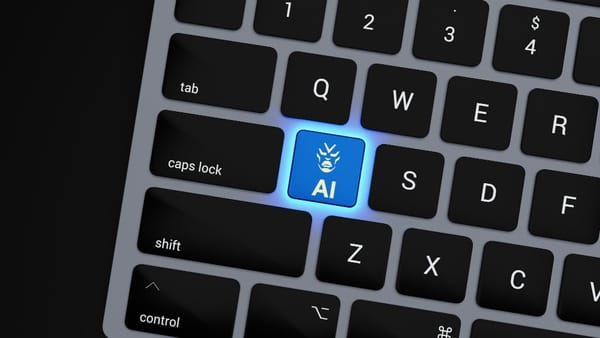How AI is Changing Search and What it Means for Your Content
Search Is Becoming Less About Links and More About Answers. Fewer clicks mean fewer opportunities to bring users to your site.

Search is going through a fundamental shift. Having your content show up is becoming fundamentally different. Businesses and individuals must start thinking differently as AI becomes more integrated into how people find information online. The habits that shaped digital strategy over the past decade are giving way to new behaviours and rules.
Here’s what’s happening and how you should respond.
Fewer clicks mean fewer opportunities to bring users to your site.
Search Is Becoming Less About Links and More About Answers
Until recently, search was mostly about typing a query and getting a results list. Click a few links, open a few tabs, and piece together your answer. Now that’s changing. With AI Overviews in Google, conversational search in Microsoft’s Copilot, and other tools like Perplexity, people are starting to get complete answers right in the search interface. No clicks are required.
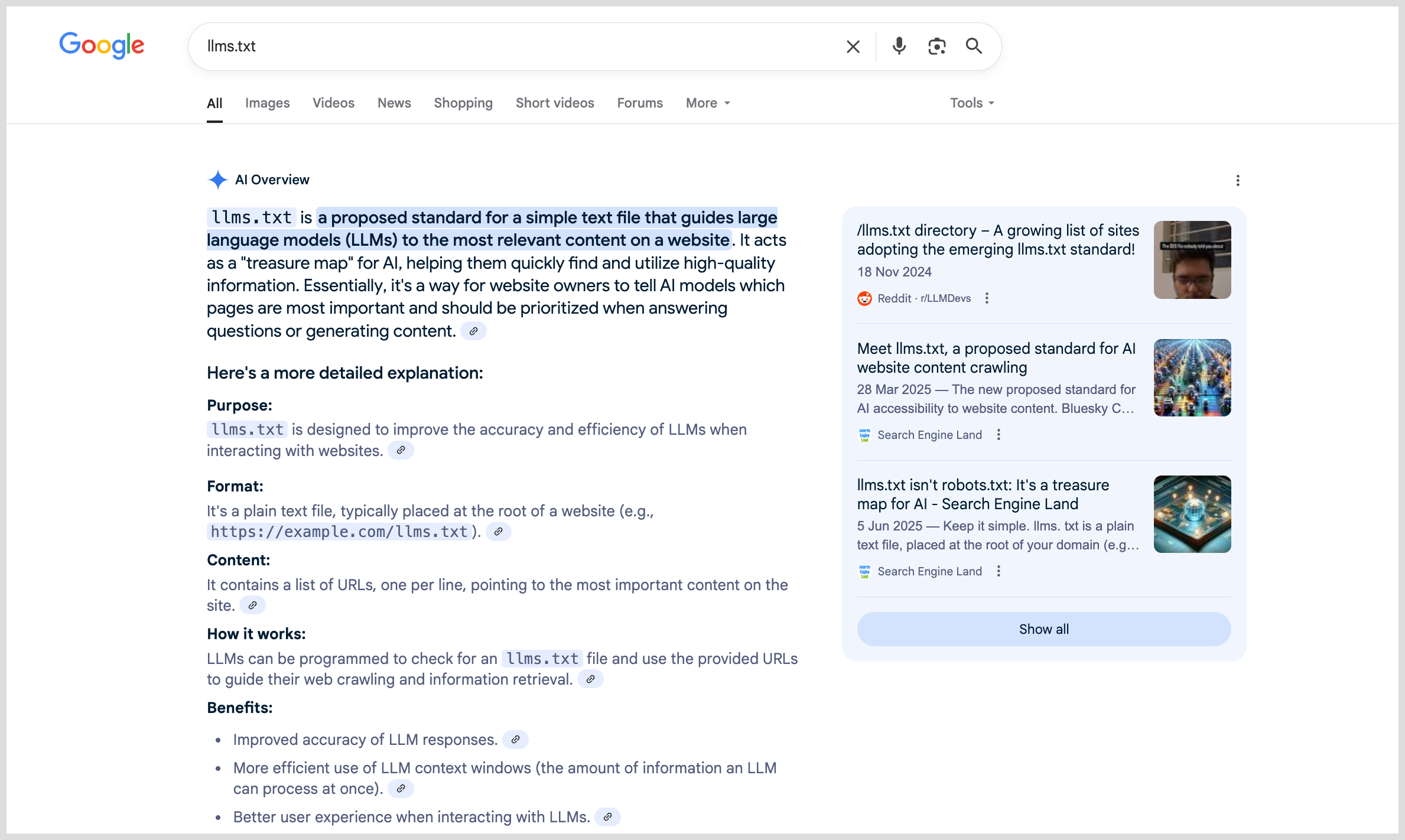
This has real implications for advertisers. Fewer clicks mean fewer opportunities to bring users to your site. But it doesn’t mean fewer opportunities altogether. Google and others are starting to place ads inside these AI-generated responses. These ads are contextually placed, often aligned with the intent of the query, and they’ll become more common over time.
So visibility isn’t going away. It’s just taking a different form.
Ad Placements Are Evolving Alongside the Experience
To appear in these new environments, you’ll need to adapt how you run campaigns. Google, for example, is emphasizing products like AI Max for Search, Performance Max, and Demand Gen. These rely on broader signals and more automation. You won’t always know exactly where your ads are showing or what specific keywords triggered them. That can feel like a loss of control, but it’s also a trade-off for being part of a much more fluid and context-aware experience.
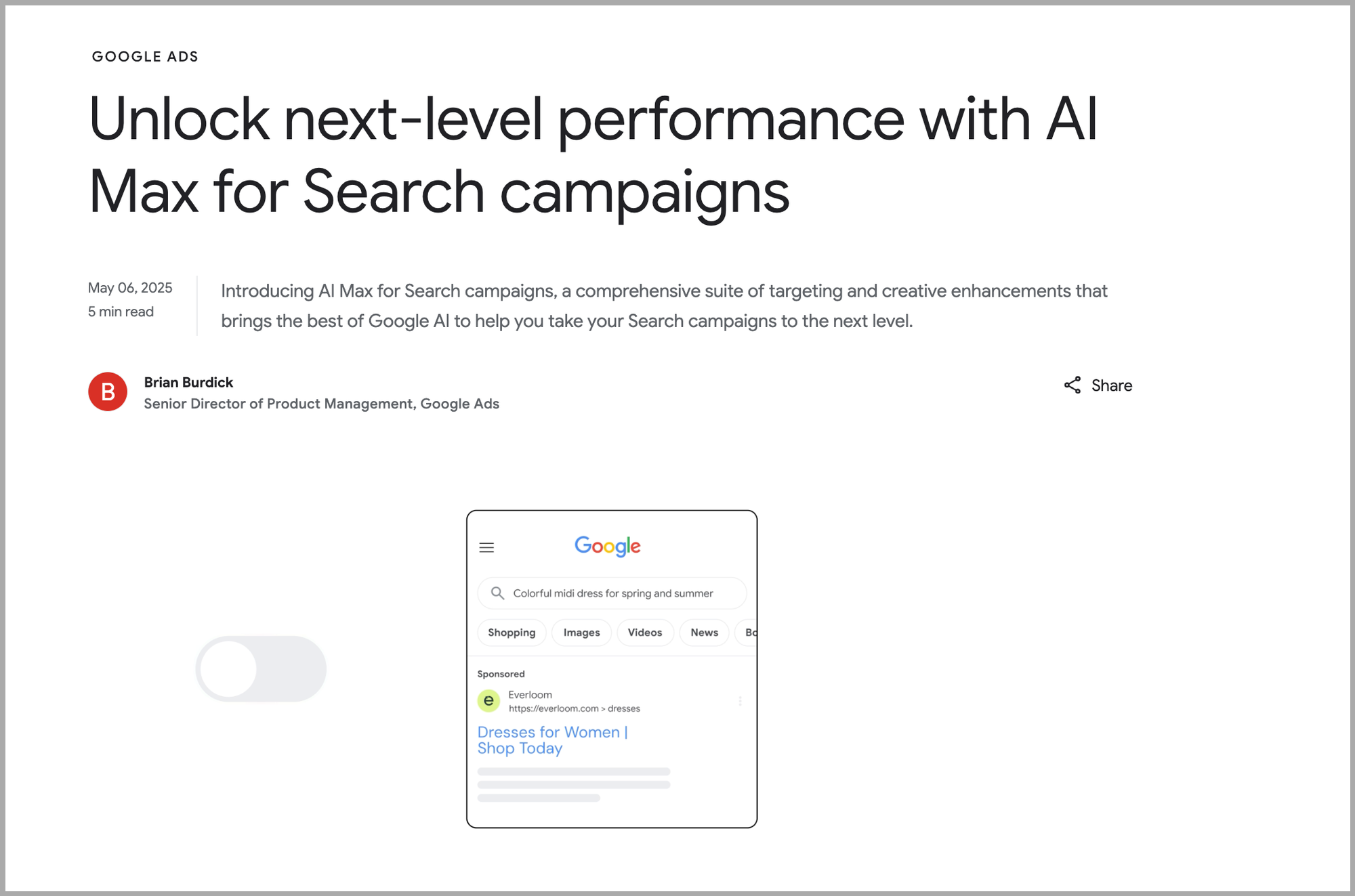
The good news is that early adopters are seeing results. Brands that lean into AI-driven tools often discover higher-quality leads, even if overall click volume looks different.
Latest Strategies to Surface in AI Results
Leading brands are already trying out methods aimed directly at AI systems. One of the most talked about is llms.txt (and its variant llm.txt). This is a simple, plain text or markdown file placed at a website’s root. It points AI tools to your most important, up-to-date pages. Think of it like a sitemap for language models. Early reports suggest this can help ensure your content is scanned and cited by AI-powered interfaces.
Alongside llms.txt, marketers are experimenting with strategies known as Answer Engine Optimization (AEO) and Generative Engine Optimization (GEO). These involve structuring pages around direct question-and-answer formats, using clear metadata, bullet lists, tables, and conversational headings. The goal is to signal to AI systems why your content helps answer a specific user query. This can improve your chances of being featured, whether in ChatGPT, Gemini, Perplexity, or Google’s AI Overviews.
These strategies are still evolving, but they point in a clear direction. Search optimization is no longer just for search engines. It’s also for language models.
Search Terms Are Getting Longer and More Conversational
One of the more subtle shifts is how people are phrasing their queries. Instead of short phrases like “best running shoes,” people are typing or speaking things like “what are the best running shoes for wide feet and marathon training.”
That’s a significant change. It means more context and more intent packed into each search. And it’s something AI is particularly good at interpreting. From a strategy perspective, this opens the door to reaching users earlier in their decision-making process with more relevant and helpful messaging. The algorithms are doing more of the work to match content with nuanced intent, which can benefit brands that take the time to get their content and creative aligned with real customer questions.
SEO and Paid Search Are Starting to Overlap
Another change is that the boundary between organic and paid results is getting fuzzier. AI-generated answers often blend information from various sources. Whether your brand appears there depends on how well your content is structured, how relevant it is to the question, and how effectively it signals authority. At the same time, paid ads are also being pulled into these summaries.
This means the old siloed approach, where SEO and SEM teams work separately, is starting to break down. Your content, metadata, and paid strategies must all line up to show up in an AI-driven search result. It’s not just about bidding or backlinks. It’s about being useful and discoverable in a world where AI decides what’s relevant.
Human Creativity Still Matters
While AI can help generate ad variations, test headlines, and predict outcomes, it can’t replicate human insight. Strategy, tone, narrative, and cultural context still require people who understand the brand and the audience. There’s value in automation, especially at scale. But what makes an ad resonate is still very much human. That’s not going to change any time soon.
A Practical To-Do List
If you’re managing a brand or campaign right now, here are a few steps worth considering:
- Turn on AI Max for Search if you’re using Google Ads. It’s designed to help reach users in these new, more conversational search environments.
- Revisit your keyword strategy. Embrace broader match types. Let AI do more of the interpreting.
- Set up llms.txt or llm.txt in the root directory of your website to guide AI to your priority content.
- Structure content for AEO and GEO. Use clear questions and answers, lists, tables, and metadata.
- Get your SEO and paid teams talking. They need to be working from the same playbook now.
- Keep an eye on performance metrics. Expect fewer clicks but more qualified ones. It’s about relevance, not just volume.
Search is Changing
Search isn’t dying. It’s changing. Instead of hunting for links, users are looking for direct, helpful answers. For advertisers, that means adapting, experimenting with new tools, shifting your expectations, and blending creativity with automation.
There’s no single playbook yet, but a clear direction is evident. Brands that lean into this change with curiosity and clarity will have a head start. Those who wait for a blueprint may find themselves catching up.
If your search strategy still resembles what it was two years ago, now is the time to take a fresh look.
Contact the Author
Simon Hodgkins CMO • President • Founder • Investor • Editor in Chief • Podcast Founder & Host
